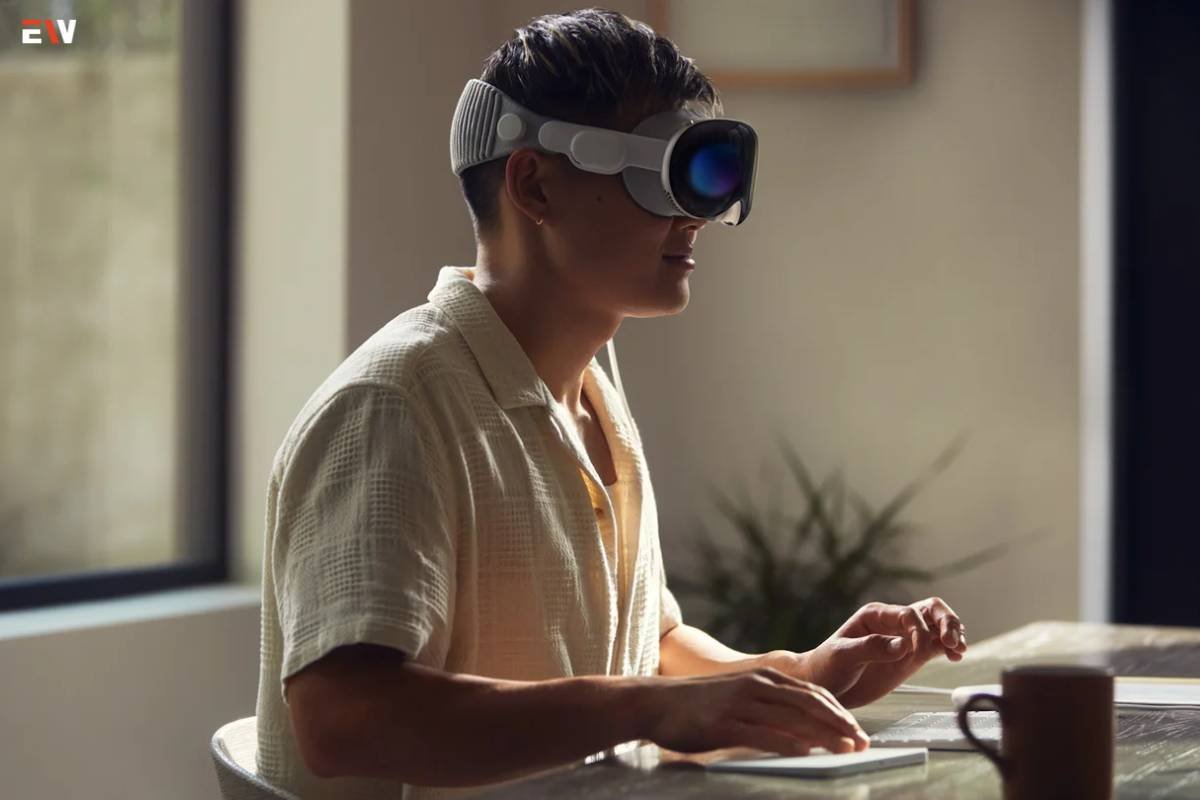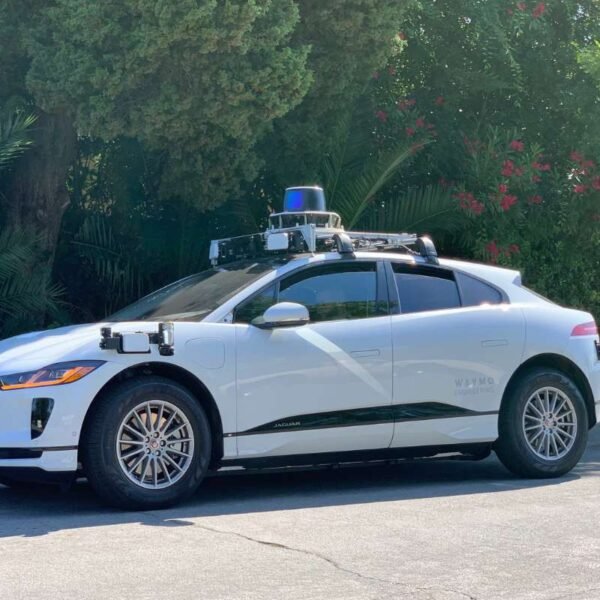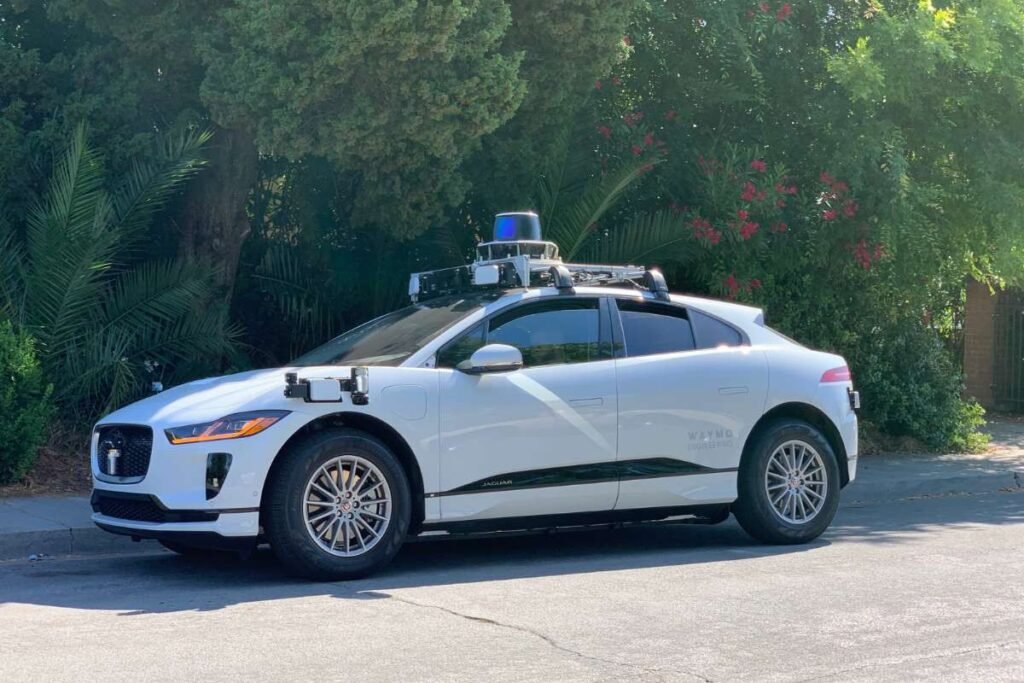Source- Popular Science
The Enigma of Spatial Computing
Apple’s latest venture into augmented reality, the $3,500 Vision Pro ski goggles, has ignited a debate over terminology within the tech community. While Apple insists it’s not virtual reality but rather “spatial computing,” the lack of a clear definition for these terms has left many scratching their heads. The confusion is not limited to consumers; even industry experts find it challenging to pinpoint the precise meanings of terms like “mixed reality,” “augmented reality,” “holographic computing,” “the metaverse,” or “XR.”
Spatial Computing vs. XR: A Linguistic Quagmire
The term “spatial computing” has been thrown around, but its definition remains elusive. Some consider it synonymous with XR (extended reality), while others argue it aligns more with mixed reality or augmented reality. The lack of consensus on these terms contributes to a linguistic quagmire, making it difficult for consumers to understand the technology and its applications.
Unraveling the Vision Pro: Mostly VR with a Dash of Augmented Reality
Despite Apple’s insistence on “spatial computing,” experts lean towards defining the Vision Pro as primarily a virtual reality (VR) device. When wearing the Vision Pro, users can experience an immersive video feed of the physical world combined with internet elements. It allows for activities such as watching movies with a virtual overlay and accessing recipe apps with cooking timers superimposed on the real-world environment. However, the nuances of these terms add an extra layer of confusion for consumers trying to comprehend the technology they’re investing in.
Immersive 3D: A Common Ground?
To simplify the complex terminology, some propose embracing the concept of “immersive 3D” experiences. This umbrella term covers a range of technologies, including virtual reality and augmented reality, and envisions a future where digital interactions seamlessly blend with the physical world. Apple’s vision for unobtrusive glasses offering immersive experiences aligns with this concept, promising a future where technology bridges the gap between reality and digital augmentation.
As Apple navigates the intricate landscape of augmented reality, the industry grapples with terminology debates, leaving consumers in a state of confusion. While the Vision Pro may be a step towards a more immersive digital future, the ambiguity surrounding these terms emphasizes the need for clearer language in describing the evolving realm of spatial computing and its various iterations.










